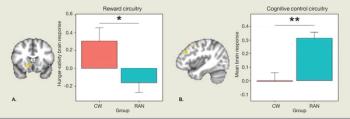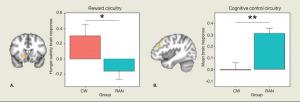
Only 13% to 50% of AN patients are considered recovered 1 to 2 years posttreatment, and 20% to 30% go on to develop a chronic and unremitting course of AN. How can we improve these outcomes?

Only 13% to 50% of AN patients are considered recovered 1 to 2 years posttreatment, and 20% to 30% go on to develop a chronic and unremitting course of AN. How can we improve these outcomes?

Eating disorders (ED) are associated with significant comorbid psychopathology and the most extensive medical complications of any psychiatric disorder.

New insights into neural pathways that play a role in anorexia nervosa, bulimia nervosa, and binge eating disorder.

How are individuals with anorexia nervosa able to ignore signals regarding hunger that otherwise motivate eating, even when they are severely emaciated? Expert insights and online coverage by Psychiatric Times during National Eating Disorders Awareness Week.

Anorexia nervosa, bulimia nervosa-or a combination of the two-share body image distortions and are associated with a great deal of other comorbid symptoms.

Bulimia nervosa is a disorder with a complex cause. The disorder is most commonly seen in women, generally with onset in adolescence.

Published: May 6th 2014 | Updated:

Published: April 29th 2016 | Updated:

Published: May 2nd 2008 | Updated:

Published: November 1st 2012 | Updated:

Published: October 31st 2019 | Updated: